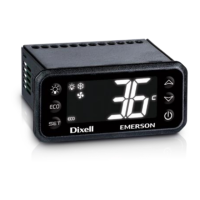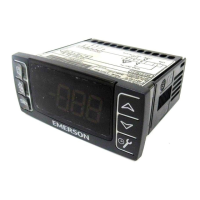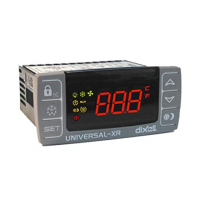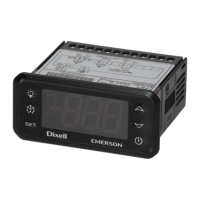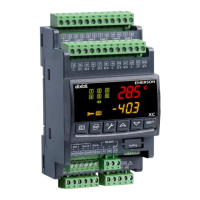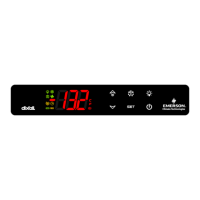User Manual Chapter 15
GFK-1742F Jan 2020
Using the Electronic CAM Feature 332
3
rd
order to 3
rd
order
When two cubic (3
rd
order) sectors are adjacent, the slopes of the profile before and after
the point they meet are made equal. Also, the 2
nd
derivatives of the profile before and after
the point the sectors meet are made equal. The curve-fit polynomial coefficients for the two
adjacent segments are calculated simultaneously.
Boundary Conditions
For non-cyclic profiles it is necessary to define some condition at the start and end of a
profile for the purpose of calculating curve-fit polynomial coefficients. The start or end
boundary condition can be:
•
The numerical value of the profile's 1
st
derivative (slope).
•
The numerical value of the profile's 2
nd
derivative.
•
Based on a default calculation.
The default calculations are as follows:
•
Start Boundary. The slope at the start point of the profile is calculated by temporarily
fitting a polynomial curve to the first three (2
nd
order sector) or four points (3
rd
order
sector) and calculating the slope of the temporary polynomial at the first point.
•
End Boundary. The slope at the end point of the profile is calculated by temporarily
fitting a polynomial curve to the last four points (3
rd
order sector) and calculating the
slope of the temporary polynomial at the end point.
15.3.3 Interaction of Motion Programs with CAM
CAM motion shall be initiated in the DSM314 using instructions in the motion program. The
following new motion instructions are required to support CAM motion programming:
1.
CAM: Used in the motion program to start CAM motion and specify exit conditions.
2.
CAM-LOAD: Used to load a parameter register with the starting location for a CAM
slave axis. The PMOVE command can be used in conjunction with the CAM-LOAD
command to move a slave axis to the starting point.
3.
CAM-PHASE: Used to specify a Phase for CAM commands. The phase value may be
specified either through a parameter register or as a constant.
The following sections describe the syntax and functionality of each of the above
instructions in more detail. The convention used to specify the command syntax is as
follows:
‘<>’ brackets- indicates a required field.
‘[ ]’ brackets- indicates an optional field.
‘{}’ brackets- indicates a field that is required for multi-axis programs and subroutines
but is illegal for single axis programs and subroutines.

